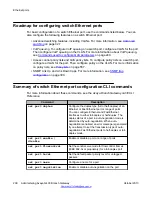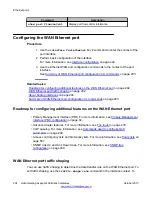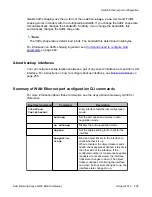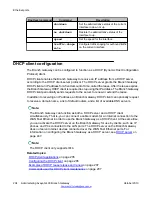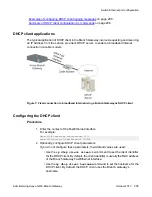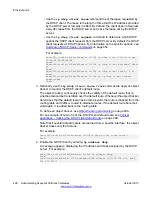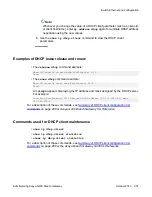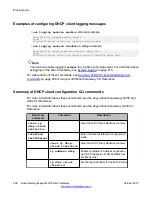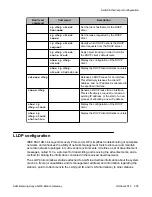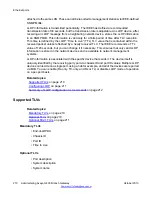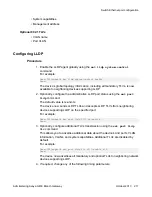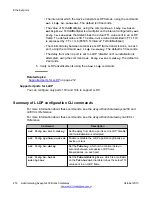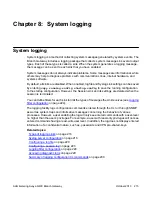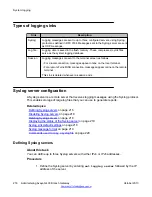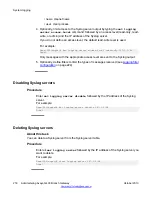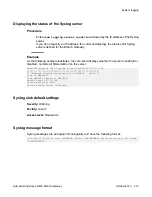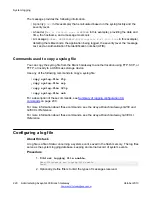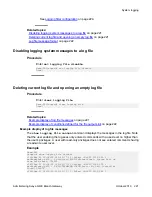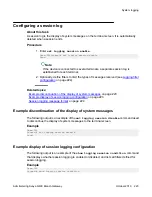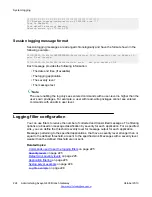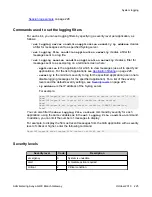
attached to the same LAN. These can all be reported to management stations via IEEE-defined
SNMP MIBs.
LLDP information is transmitted periodically. The IEEE has defined a recommended
transmission rate of 30 seconds, but the transmission rate is adjustable. An LLDP device, after
receiving an LLDP message from a neighboring network device, stores the LLDP information
in an SNMP MIB. This information is valid only for a finite period of time after TLV reception.
This time is defined by the LLDP “Time to Live” (TTL) TLV value that is contained within the
received packet unless refreshed by a newly received TLV. The IEEE recommends a TTL
value of 120 seconds, but you can change it if necessary. This ensures that only valid LLDP
information is stored in the network devices and is available to network management
systems.
LLDP information is associated with the specific device that sends it. The device itself is
uniquely identified by the receiving party port via chassis ID and port ID values. Multiple LLDP
devices can reside on a single port, using a hub for example, and all of the devices are reported
via MIB. You can enable (Rx-only, TX-only, and Rx or Tx) or disable LLDP mode of operation
on a per-port basis.
Related topics:
on page 210
on page 211
Summary of LLDP configuration CLI commands
on page 212
Supported TLVs
Related topics:
on page 210
on page 211
Mandatory TLVs
• End-of-LDPDU
• Chassis ID
• Port ID
• Time to Live
Optional TLVs
• Port description
• System description
• System name
Ethernet ports
210 Administering Avaya G430 Branch Gateway
October 2013
Summary of Contents for G430
Page 1: ...Administering Avaya G430 Branch Gateway Release 6 3 03 603228 Issue 5 October 2013 ...
Page 12: ...12 Administering Avaya G430 Branch Gateway October 2013 ...
Page 246: ...VoIP QoS 246 Administering Avaya G430 Branch Gateway October 2013 Comments infodev avaya com ...
Page 556: ...IPSec VPN 556 Administering Avaya G430 Branch Gateway October 2013 Comments infodev avaya com ...





